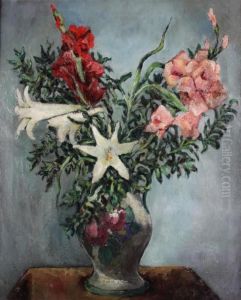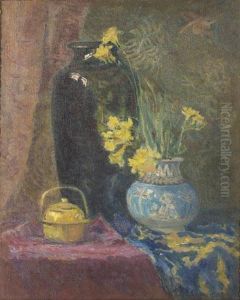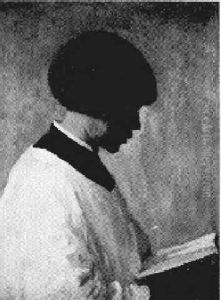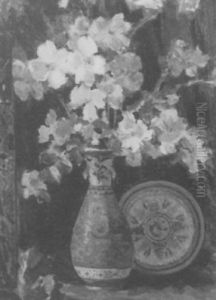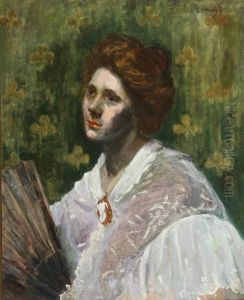Eurilda Loomis France Paintings
Eurilda Loomis France was an American artist known for her landscape paintings and for being a part of the early 20th-century art movement in the United States. Born in 1873, she grew up during a time when the role of women in society was undergoing significant changes, and this was reflected in the opportunities that began to emerge for women in the field of art.
In her early career, France studied art intensely, though specific details about her education and training are not widely known. She developed a style that was influenced by the American impressionist movement, a style characterized by loose brushwork and a vivid portrayal of light. France's landscapes often depicted the American countryside, capturing the unique qualities of light and atmosphere.
Throughout her career, Eurilda Loomis France exhibited her work in various venues. She was part of a generation of women artists who were gaining recognition and was able to exhibit her work alongside her male counterparts, which was a significant achievement at the time. Her paintings were known for their serene beauty and the artist’s skillful use of color to convey different times of day and seasons.
Despite her contributions to American art during her lifetime, Eurilda Loomis France did not gain the same level of fame as some of her contemporaries. This has often been the case with many women artists of the period, whose work has been overshadowed by that of their male peers. However, her paintings continue to be appreciated by art historians and collectors who recognize the importance of her work in the context of American art history.
Eurilda Loomis France’s death in 1960 marked the end of a career that spanned several decades, during which she created a body of work that captured the American landscape with a distinctive impressionistic style. Her legacy is preserved in the collections of those who value the contributions of women artists to the rich tapestry of American art.


